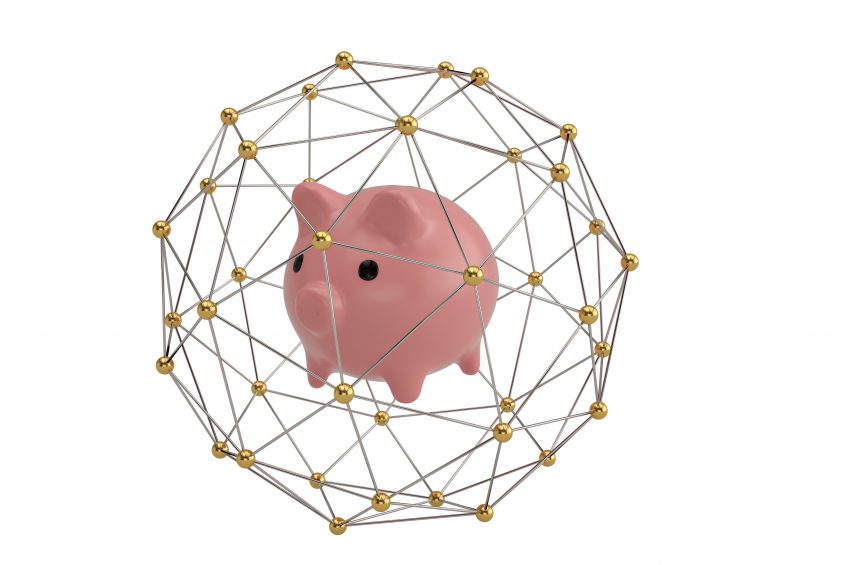What if… we create an artificial pig model?

What do cartoon vehicles and pig production have in common? More than you would think. Nutrition technology expert Dr Casey Bradley got inspired by the problem-solving scenarios on television and shares some new insights.
New in my life again are cartoons and my son Arthur’s favourite cartoon today is, ’Stinky and Dirty’, which is based around problem-solving scenarios. Some of the most memorable lines are: ”What if…?”; ”I know what you are doing… you’re thinking”; ”Let me help! Let me help!”
But back to the realm of nutrition, I am now going on my 8th year in the feed industry and not going to tell you how many years in the swine industry… as you know I was born into the profession. These years do not include the 8 years managing swine research for the University of Arkansas.
But with both jobs I have been involved with a large amount of research trials. My biggest frustration of research is that pigs do not always read the protocol or that what we hypothesise is not always true or proven. Along the way investment of time and money appears lost, but new questions are developed and forward progress moved with smaller strides.
“Every trial leads to more questions than answers!”
Technology has also exploded over my career and has brought many opportunities for mankind and pigs alike. This has allowed USA swine producers the opportunity to invest in their own large-scale research facilities with the help of automated feeding systems, scale improvements, RFIDs, etc.
But limitations with number of treatments and number of trials exist within these facilities too. Also, individual producers must conduct their own internal trials before implementing any nutritional changes, resulting in repetitious research with limited sharing of the results throughout the industry. Thus, creating a bottle neck for forward progress through nutrition… And a lack of resources for much needed research in the swine industry.
‘Stinky & dirty’ vs ‘pristine & clean’
This to me relates to ’in vivo’ vs ’in vitro’ opportunities. Many of my colleagues know that I am a ‘boots on the ground’ kind of person. I must see it to believe it and I am at my best in a hog barn.
But entering the realm of feed additives, my view point of the industry has changed dramatically over the last 5 years. I have spent countless hours in a laboratory during my graduate student days and have a great appreciation for scientists who are at their best in the laboratory versus the hog barn alike.
“What if…”
What if we create an ‘artificial pig’ model? This is what is keeping me awake at night lately. Currently today we have 2 unique directions into this area: digestibility and fermentation models and then an innate immune model utilising IPEC-J2 cell line (intestinal porcine epithelial cells) and now possibly swine enteroids, which are essentially tiny guts that can be grown in petri dishes, as a team around Trudeau showed in 2017.
Both areas provided better opportunities for not only researchers, but producers alike to better understand feed additives before they are fed to pigs, with limited cost and quicker turn-around times.
If we better understand the mode of actions of feed additives, then we will be able to widen the bottle-neck for forward progress in nutrition. With the right minds coming together my dreams of an ‘artificial pig’ will be possible. But in the meantime, I encourage field nutritionists to read up on these different in vitro assays and models, and maybe find a novel opportunity to improve pig performance in your systems.











